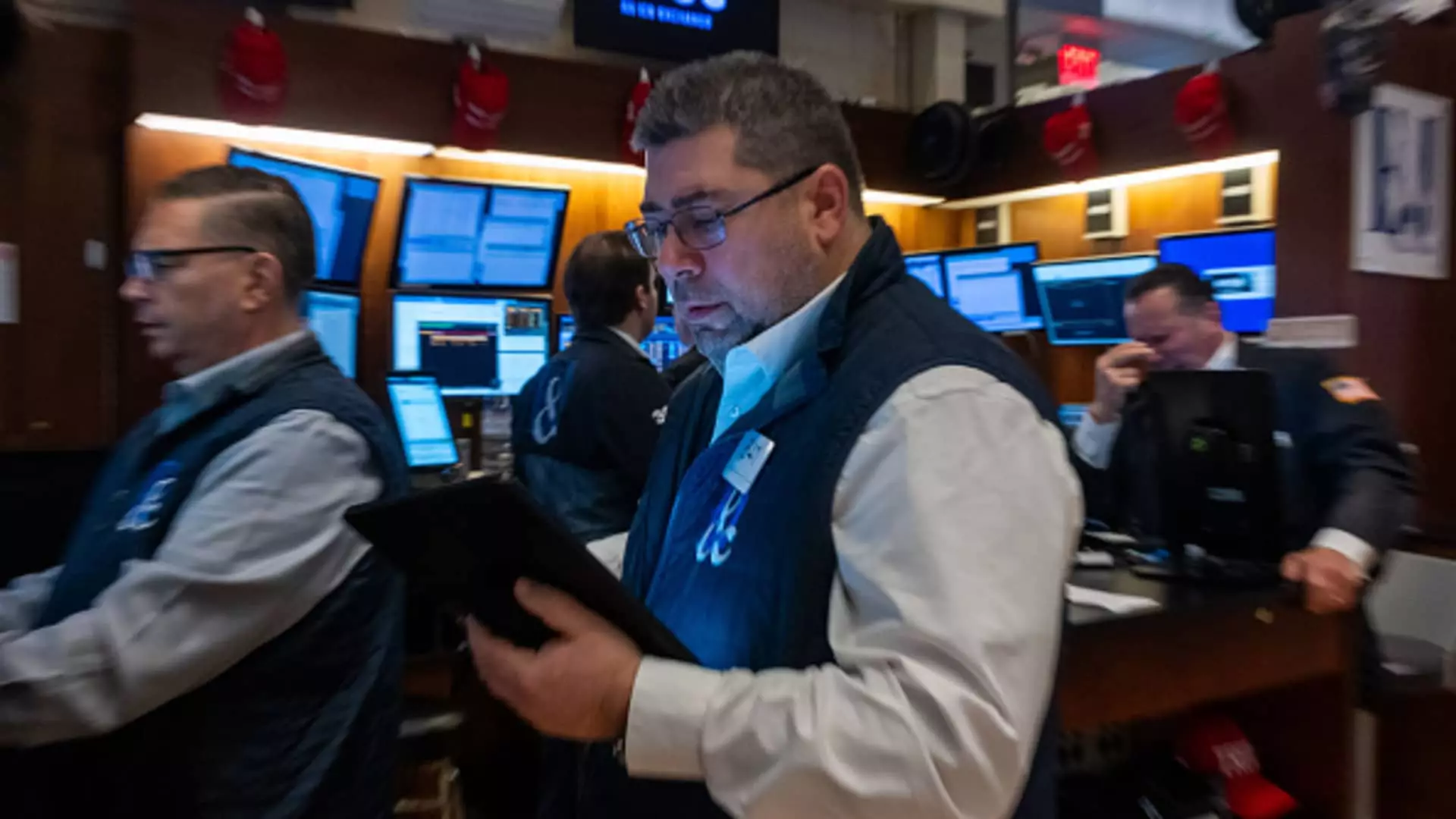In recent years, the financial landscape has witnessed a surge in the popularity of leveraged and inverse exchange-traded funds (ETFs). These financial instruments, designed for investors seeking enhanced returns from the stock market, enable both bullish and bearish bets on index performance. As trading volumes climb and more individuals flock to these products, it becomes essential to explore the implications of such speculative strategies.
Understanding Leveraged and Inverse ETFs
Leveraged ETFs aim to multiply the daily returns of an index or a stock, generally by a factor of 2 or 3. For instance, if the S&P 500 rises by 1% in a single day, a 2x leveraged ETF would ideally deliver 2% returns, whereas a 3x version would provide 3%. On the contrary, inverse ETFs deliver the opposite returns, making them appealing for short-sellers looking to capitalize on declining markets. If the underlying index rises by 1%, a 2x inverse ETF would drop by 2%.
One might wonder why so many investors are turning to these products. The answer lies in their attraction to short-term traders and the volatile nature of today’s markets. Increased market participation from retail investors, particularly those looking for quick gains, has spurred the growth of this segment. Consequently, trading activity in options, cryptocurrencies, and other speculative assets has intensified. The CEO of Direxion, Douglas Yones, notes a marked increase in retail investors opting for leveraged products due to the ease with which they can express their market outlooks through technology.
Market Dynamics and the Growth of ETFs
Introduced to American investors in 2006, leveraged and inverse ETFs initially allowed participation in prominent market indices such as the S&P 500 and Nasdaq. Recent innovations, including single-stock ETFs that offer leveraged exposure to specific companies like Nvidia and Tesla, have later emerged, indicating the growing adaptability of this financial construct. Current data illustrates how quickly this market has grown, with the ProShares UltraPro QQQ, boasting nearly $26 billion in assets, leading the pack.
This growth trend can be partly attributed to the overall bull market momentum as stocks have gained substantial ground over the last few years. Back in 2016, when the ETF market had $2 trillion in assets, leveraged and inverse ETFs accounted for a mere 2%. Today, that segment accounts for approximately 8% of a booming $11 trillion ETF market. This shift raises critical questions regarding investor behavior, especially among younger traders, and their affinity for high-risk strategies driven by the convenience of mobile trading.
The user demographic of leveraged and inverse ETFs reveals an interesting dichotomy. Retail investors command around 75% of the ownership, while institutional players, such as hedge funds and trading desks, retain the remaining portion. Furthermore, the allure of 24-hour trading access has attracted retail traders from global markets, particularly in Asia, signaling a broader appetite for speculative investments.
Such accessibility to leveraged trading poses a unique challenge. Retail investors may not grasp the complexities involved in these products, including their daily reset feature. For instance, when holding an investment in leveraged ETFs across multiple trading days, the potential for losses magnifies due to the compounding effects of price fluctuations.
While leveraged and inverse ETFs present enticing opportunities for short-term traders, the inherent risks should not be overlooked. The daily compounding effect can significantly alter expected returns, especially for long-term investors. A simple example illustrates this risk well: suppose an investment grows by 10% one day, followed by a decline of the same magnitude the next day. While a traditional investment would revert to its original value, a leveraged counterpart may lead to losses even deeper than anticipated.
Such behavior indicates that these ETFs aren’t suitable for a buy-and-hold investment strategy, which many investors might naively pursue. The high turnover rates in these products imply that most users are aware of the risks associated with prolonged holding strategies. Nevertheless, experts in the field emphasize the need for caution every time the market grows volatile, as swift downturns can spell disaster for leveraged holdings.
While the rise of leveraged and inverse ETFs provides investors with unique opportunities to capitalize on short-term market movements, it comes with equally substantial risks. The increasing daily trading volume, particularly from retail investors, highlights a shift in market dynamics that requires heightened awareness of the danger of excessive speculation. Hence, as attractive as the high returns may be, investors must proceed with caution and consider the deeper implications of engaging with these financial products.

